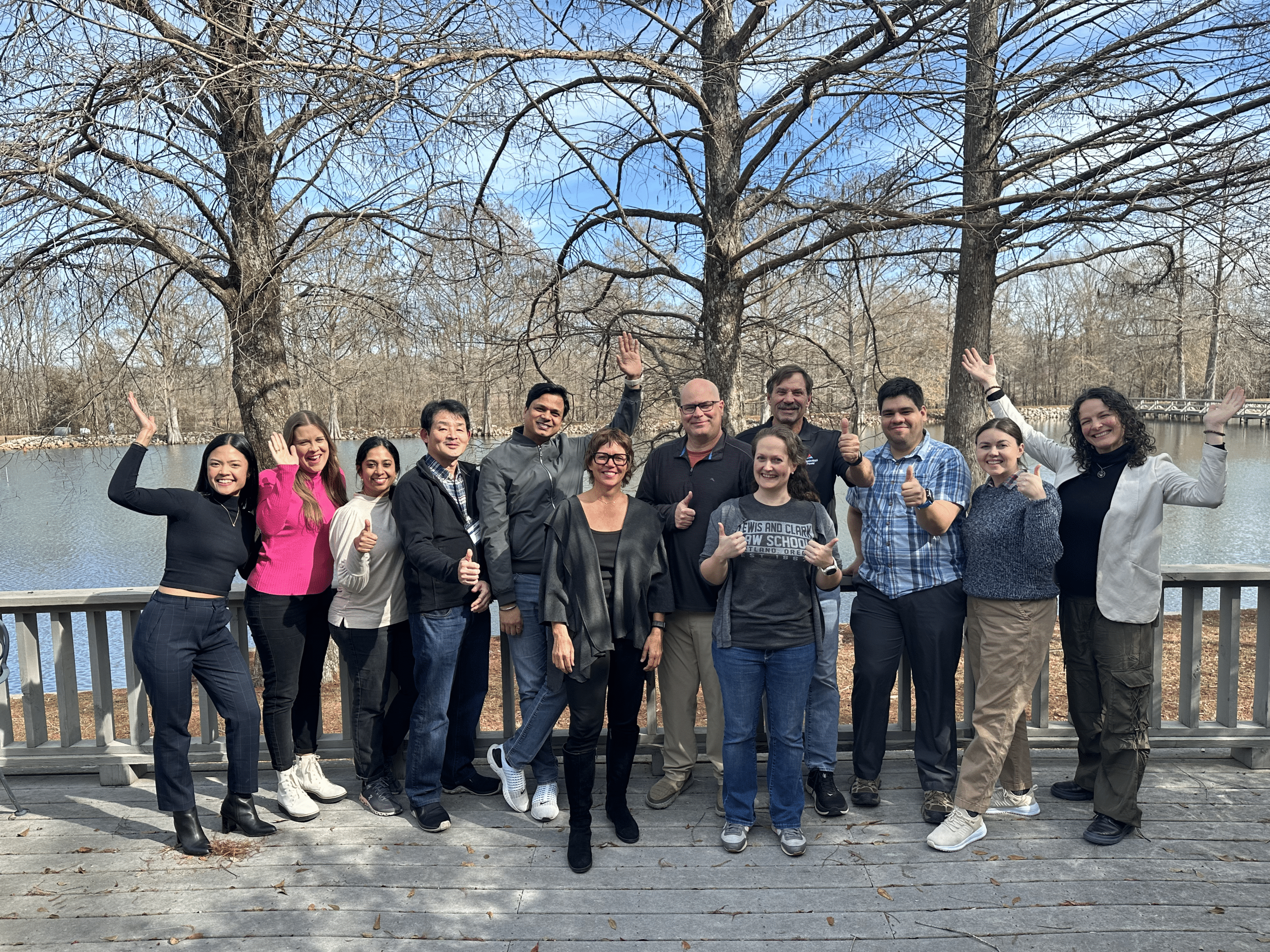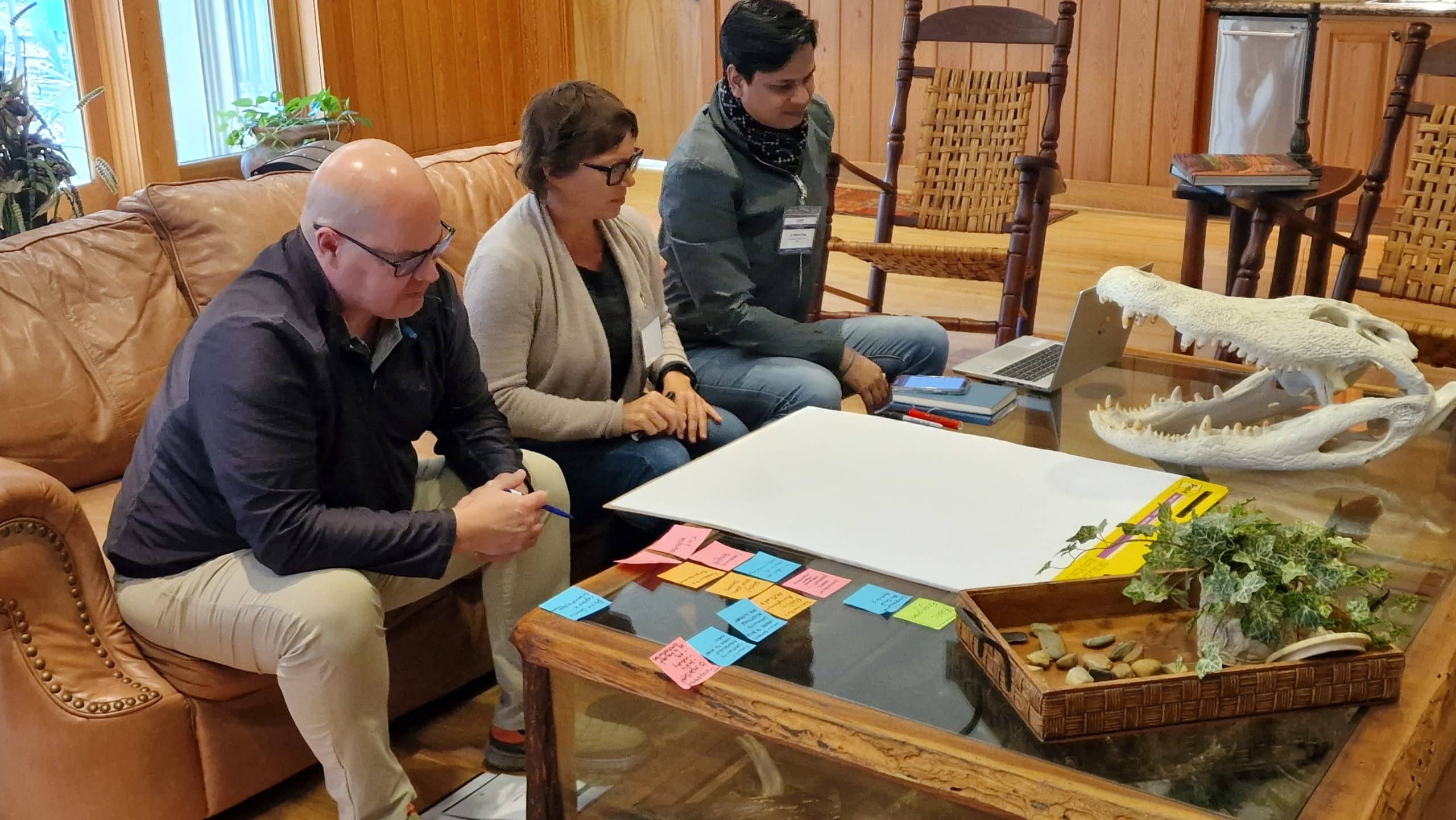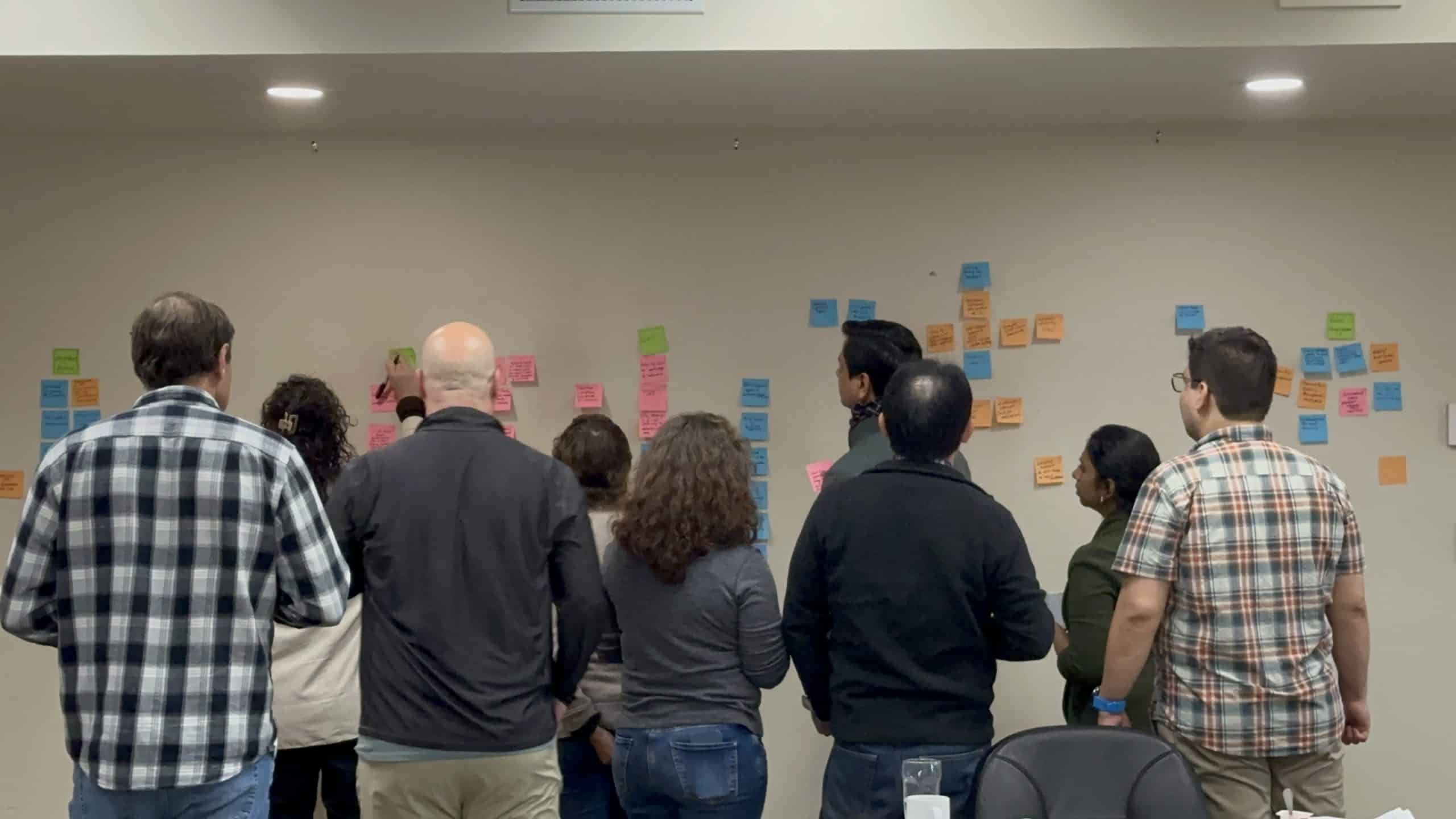Carbon Capture, Utilization, and Storage: A Handbook for Policymakers
Last January 29 to February 2, 2024, eight authors from all over the world were invited by the Commercial Law Development Program (CLDP) under the United States Department of Commerce to join us at Tara Wildlife in Mississippi, US. Over these five days, Book Sprints facilitator and CEO Barbara Ruehling and Head of Business Development Anna Roxas guided our writers through engaging discussion and collaborative writing on carbon capture, utilization, and storage.
In the authors’ own words, they describe who this book is for:
The international community has committed to rapidly reducing carbon dioxide (CO2) emissions from industrial/manufacturing and other emissions-intensive sectors to meet climate change objectives and enhance economic and energy security. Many countries, however, still need to understand how to achieve these objectives, particularly through the use and deployment of Carbon Capture, Utilization, and Storage (CCUS). This handbook introduces government officials to a range of options for CCUS and guides the design and implementation of legal and regulatory frameworks. It builds on lessons learned from regulatory schemes in various countries. Policymakers and regulators from emerging economies, including those in Asia, considering or actively pursuing any part of the CCUS value chain can benefit from this handbook. (Excerpt from the Introduction)
A Class Reunion for Carbon Capture
The goal for this Book Sprint was to produce a policy handbook on carbon capture that could be useful for policymakers everywhere, and in particular for those in South Asia. Thus, while our authors came from all over the globe, they all either came from regions in Asia or had a history of work in Asia. As Barbara described it, “It was like a class reunion for some of the authors!” While the technology for carbon capture discussed in this book is relatively new, the work and research in this field began as far back as 30 years ago. For some of our writers, they’ve been working on this topic for more than 20 years and have either met or collaborated with each other for just as long. They took the chance to catch up with each other during long morning walks, and there was a lot of time for banter and laughter of dinners. It was amazing to see the fruition of these decades of work come to life through the authors’ research and this book.

A class reunion photo! The authors, joined by Book Sprints CEO and Facilitator Barbara Ruehling (rightmost) and Head of Business Development Anna Roxas (leftmost) pose for a group photo after the successful Sprint.
This healthy working dynamic made the group highly synergetic during discussions, either reaching consensus quickly or engaging easily with each others’ points of view. This allowed the Sprint to move very smoothly.
Driven by purpose and perspective
Book Sprints groups typically consist of 6 to 15 participants, and for a handbook like this, a group of eight authors is on the smaller side. There are some potential challenges with smaller groups of authors, as the size means you rely much more heavily on each author as an individual contributor. This also means expert facilitation is needed to be able to identify each author’s strength and leveraging it either in the discussion, writing, or feedback processes. Good thing our seasoned facilitator Barbara was present to identify the areas of strength of each participant present in this Book Sprint!

The authors hard at work, with a guest skeleton head giving helpful input as well.

No Book Sprint is complete without post-its! Our authors review their wall of post-its in this leg of the Sprint.
It also greatly helped that each author in this Sprint was a fantastic contributor. Perhaps given their extensive history with this field of research, each participant was highly purpose-driven. Even if some might have been less practiced writing in English, for example, our facilitators noticed they would ensure they could contribute well in discussions and feedback. So that their input could be incorporated well into the written text by other members of the group, Barbara made it a point to always group certain authors together to maximize this opportunity.
All the authors were highly motivated because they could see the value of the topic and the book, with the clear intent of being able to use these handbooks in their own work afterwards. These handbooks are a great opportunity to build a shared understanding among people having a discussion on carbon capture policy, even for those who have no initial background in it.

The gorgeous, inspiring view at Tara Wildlife that the authors woke up to every day of the Sprint.
In Book Sprints like these with CLDP, they also ensure they invite experts from different backgrounds, countries, fields, and levels in policymaking. This allows for a diversity of opinion and perspective that enriches the final viewpoint and recommendations adopted by the handbook. Throughout the partnership we’ve witnessed how CLDP recognizes the value of this diversity in perspective. We are honored that Book Sprints has consistently been selected as their vehicle for collaboration and building shared understandings. This is the eighth book we’ve done with CLDP through a Book Sprint. We deeply appreciate the trust CLDP gave us through the first six books in the Understanding series and through their books on meeting climate goals such as the Methane Abatement handbook and this one on Carbon Capture. We look forward to its review and release soon!

Keep an eye out for more Sprint updates in the future! Never miss an update with us by following us at the links below.
—
Got a great idea? Tell the world with us through a Book Sprint.
Send us a message on IG, LinkedIn, or at contact@booksprints.net
